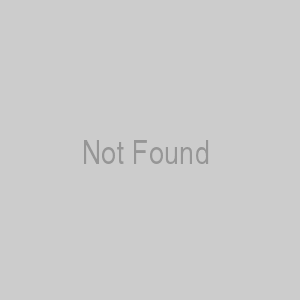18 April 2018
|
This May Day, village greens up and down the country will be given over to fairs and festivities. Caroline Roope takes a look at the festivities and rituals linked to 1 May which our ancestors might have enjoyed.
This May Day, village greens up and down the country will be given over to fairs and festivities. Caroline Roope takes a look at the festivities and rituals linked to 1 May which our ancestors might have enjoyed.
The enduring traditions of May Queens, Morris dancing, and of course, the iconic maypole will all be celebrated along with other nostalgic references to a bygone age. You could be forgiven for thinking that May Day and its associated rituals are nothing less than an innocent celebration of the coming of summer. The reality however, is far murkier...
Follow us on facebook
Follow us on twitter
Sign up for our free e-newsletter
Discover Family Tree magazine
Like all good traditions, May Day has its roots in pagan folklore, but it was in serious danger of coming to a premature end in the 16th and 17th centuries.
Ancient roots
The ancient Celts divided their year by four festivals – the most significant of these being Beltane, which represented the first day of summer. The day was marked by traditional fertility rites such as dancing around a specially decorated tree or ‘maypole’. A tree would have been selected, stripped of its branches, and then decorated with flower garlands and ribbons. Since May Day was often granted as a rest day to labourers in the middle ages, it is easy to imagine the potential for a bawdy scene of medieval revelry around the phallic symbol of the maypole. The Victorians eventually cleaned up this image and sanitised it to the ‘rustic’ children’s dancing that we often see today.
It seems that the Church in the middle ages, for the most part, managed to turn a blind eye to the drunken merriment of May Day. In the sixteenth century events took a decidedly dark turn however in a violent episode that was to become known as Evil May Day.
Tudor May Day
Tudor London was already a diverse city under Henry VIII with 6% of residents classed as immigrants. The majority of these individuals lived similar lives to their English-born neighbours, but some grouped together to form communities that operated outside normal civic jurisdiction.
These ‘communities’ were overseen by wealthy immigrants who had the King’s favour and were therefore outside of civil law. These elite individuals were able to offer sanctuary to their fellow countrymen, as well as the same ‘flexible’ trading rules they themselves enjoyed.
The end result was an enormous amount of resentment from English Londoners, culminating in a violent riot involving 1000 people on May Day eve, no doubt exacerbated by the drunken boisterousness of the forthcoming holiday. By May Day hundreds of rioters had been arrested and over fifteen were hung, drawn and quartered for treasonable acts. The rest of the condemned rioters were pardoned after Catherine of Aragon pleaded for their lives. May Day merriment was replaced by the assertion of state control over rebel Londoners, and Evil May Day was written into the history books. Celebrations in London were a more muted occasion from 1517 onwards.
May Day violence
Over the centuries violence around May Day and maypoles often erupted due to village rivalry, manifesting itself in the theft of village poles - notably in Hertfordshire in 1602 and Warwickshire in 1639.
The Puritans had their own ideas when it came to ‘merriment’. The Protestant Reformation of the 17th century, which saw Oliver Cromwell and the Puritans seize power from Charles I and the Royalists, put an abrupt end to the immorality, drinking and dancing that accompanied May Day. In 1644 maypoles were banned altogether in an Act of Parliament and ‘heathenish’ activities were outlawed on the grounds that the celebration was not founded in the Bible.
Fortunately, with the revival of ‘Merry England’ under Charles II in 1660, maypoles were restored along with the Crown and May Day celebrations were re-established. Legend has it that the Oxford maypole was ‘set up on purpose to vex the Presbyterians and Independents’ and attempts to saw it down were futile so it was left to stand – the ultimate symbol of Restoration triumph.
If we peel away the layers of history and tradition, it’s clear to see that May Day and the maypole have a darker heritage – one that is rooted in politics, religion and nationalism. Who would have thought something so innocuous could be quite so controversial?
References
Hutton, R. (2001) Stations of the Sun: A History of the Ritual Year in Britain
Fitzroy, C. (2007) Return of the King: The Restoration of Charles II
About the author
Caroline Roope is a freelance writer with a keen interest in social history, folklore and nostalgia. She spent 10 very happy years working as a heritage practitioner and is now attempting to pass on her interest to her two small children – with varying degrees of success! You can check out her blog here and her work on Intangible Heritage here.










.jpg)